
Global Context
The Shift in Globalization
Over the past two decades, globalization has largely been driven by the objective of reducing production costs through outsourcing to low-cost countries. However, since the COVID-19 pandemic and the U.S.–China trade war, the tide of globalization has shifted. Companies are now not only focused on profit maximization but are also paying greater attention to supply chain resilience, diversification, and sustainability.
Impact on Supply Chains
According to the World Economic Forum (2023), 75% of large corporations are restructuring their supply chains to enhance flexibility and reduce dependency on any single country. ESG factors (Environmental, Social, and Governance), digital technology, and strategic autonomy are becoming new benchmarks for evaluating modern supply chains.
The Role of ASEAN
Strategic Location
Situated between the Indian and Pacific Oceans, ASEAN controls several key maritime routes such as the Strait of Malacca—through which more than 30% of global trade passes. This gives the region a significant geopolitical advantage in developing logistics hubs and globally connected production centers.
Development Potential
With a population exceeding 680 million—over 60% of whom are of working age—combined with open-market policies and trade agreements like RCEP, ASEAN is an attractive destination for FDI. Vietnam, Thailand, Indonesia, and Malaysia are emerging as strategic nodes in the Asia-Pacific supply chain network.
Strategies for Building a Sustainable Supply Chain
Infrastructure and Logistics Development
ASEAN needs to invest in transnational infrastructure projects such as high-speed railways, the East-West Economic Corridor, and interconnected seaports. Key logistics centers like Cai Mep Port (Vietnam), Laem Chabang (Thailand), and Tanjung Pelepas (Malaysia) serve as critical gateways for regional trade.
Digital Technology Adoption
A shared digital ecosystem for ASEAN would enable businesses—especially SMEs—to manage production data, trace origins, and optimize their supply chains. Technologies like blockchain, AI, and IoT will be essential to ensuring transparency and efficiency, especially as global markets increasingly demand compliance with ESG standards and traceability.
Promoting Intra-Regional Trade
Simplifying customs procedures, harmonizing technical standards, digitalizing certificates of origin (C/O Form D), and standardizing HS codes are vital steps toward creating a true common market. According to the ADB (2024), intra-ASEAN trade currently accounts for only about 23% of total trade volume—significantly lower than the EU (~60%).

Collaboration and Investment
Attracting ASEAN-Oriented FDI
ASEAN must prioritize a “high-quality FDI” strategy—encouraging investors who commit to technology transfer, workforce training, and development of supporting industries. A “Made in ASEAN” investment fund, co-financed by member states, could support SMEs and promote cross-border industrial clusters.
Intra-Regional Cooperation
Beyond economic policy, a shared legal framework is needed for supply chain security, data governance, and consumer protection. Strengthening R&D collaboration among innovation hubs in Singapore, Kuala Lumpur, and Ho Chi Minh City could catalyze regional innovation.
Globalization is entering a new phase—where agility, sustainability, and technology are foundational. If ASEAN can seize this opportunity to deepen regional integration and transform its development model, it will position itself as a strategic production and consumption hub within global value chains.
“ASEAN must deepen its economic integration and enhance its agility to address multifaceted challenges. Carrying on with business as usual will not suffice for this highly dynamic economic region.”
— Excerpt from ASEAN's Strategic Development Plan to 2025



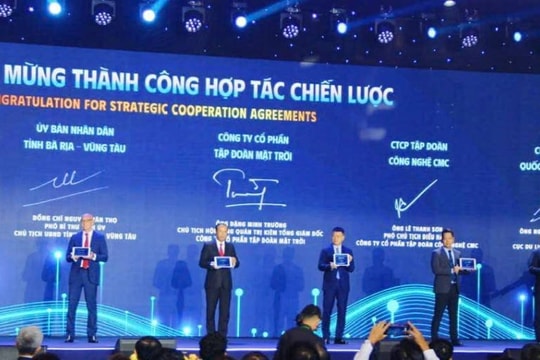
.jpg)
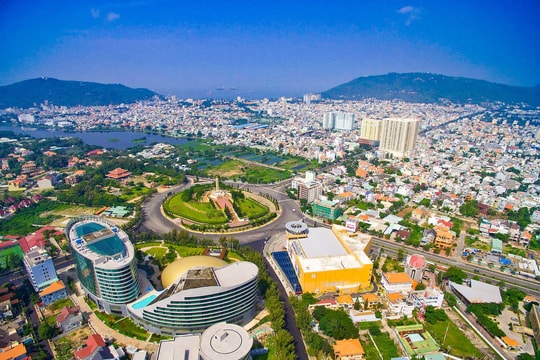


.png)
.png)
.png)
.png)

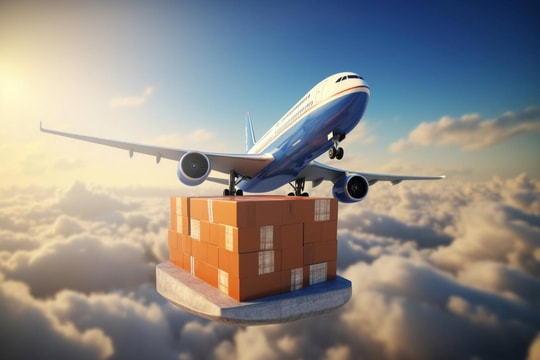

.png)

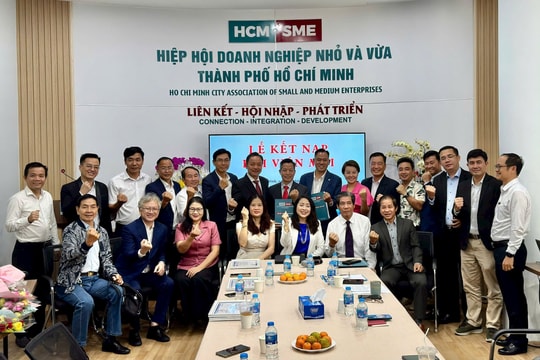
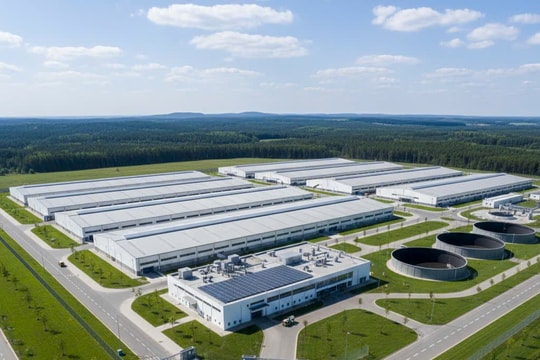
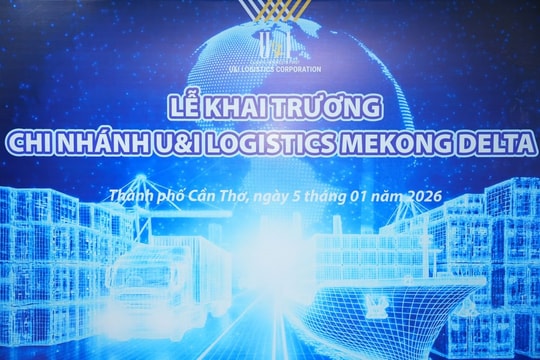


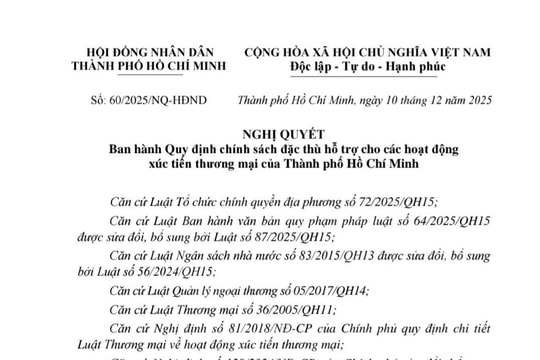
.png)